This post may contain affiliate links, view our disclosure policy.
Traveling anywhere with kids can be daunting, let along traveling through time zones amidst changing cuisines, currencies, and languages. Our ultimate guide for international travel with kids will help take the stress out of planning and preparing for international travel as well as give you a good idea of what to expect.
The tips and tell-all’s in this post were developed based on personal experience of traveling internationally with kids, as well as from conversations with friends who do this often.
Look no further! I am confident that you will find these tips for international travel with kids to be valuable as you set off on your next family adventure!

International Travel With Kids: Initial Considerations
Traveling through time zones and changing food, currencies, cultures, and languages can be an overwhelming thought when traveling with kids in tow.
Start off your international travel planning by analyzing these initial considerations in order to prepare.
1. Re-consider your destination
There are several travel considerations to take to heart when heading to an international travel destination as a family. The first step in analyzing its feasibility is to consider if the extra steps required when traveling internationally are ‘worth it’.
Before you commit to international travel with kids, re-consider your destination, and weigh the following:
- You do not need to take the extra steps of paying for and obtaining passports when traveling within your own country.
- Many times, traveling internationally requires longer flight times with likely flight connections.
- There are potential language barriers and safety considerations to prepare for when traveling internationally with kids.
- Time zone changes and jet lag can mess up a child’s sleep schedule.
- The differences in local transportation and cuisine may not be something that your family can comfortably adjust to.
Pro tip: For us, the extra steps and extended travel time are well worth the experience and enjoyment that comes from traveling to a different country. Preparing in advance and traveling with a plan will ensure that your family can rest easy once you arrive at your final destination.
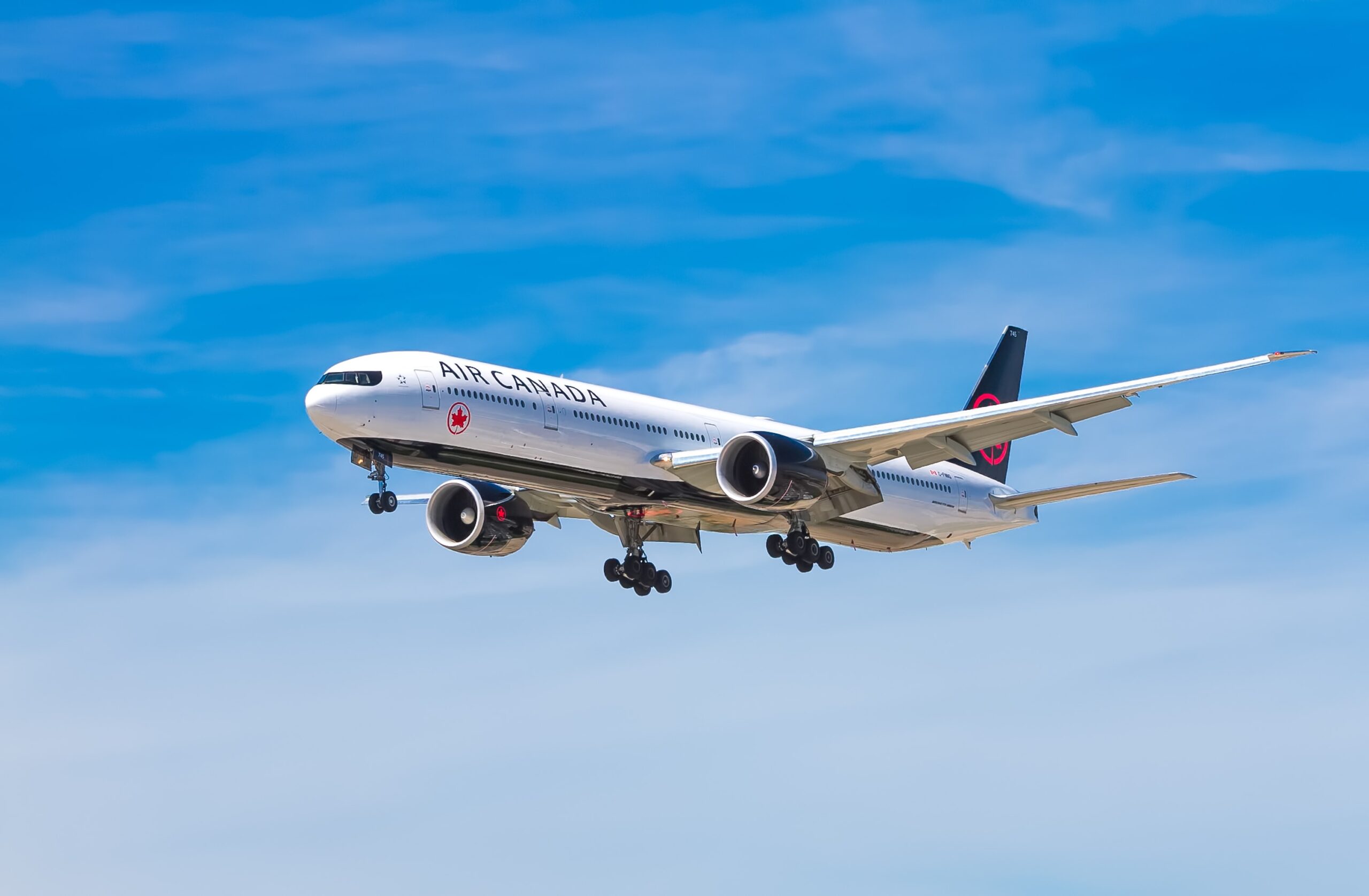
2. Analyze infant and child airfare and policies
There are an extensive number of tips to consider when flying with kids, especially when it comes to flying internationally.
Some of your initial considerations with regard to international flights with kids should be the differences and considerations related to airfare.
Infants
Infants, defined as younger than 2 years old, oftentimes do not require a ticket if they are seated on a parent or guardian’s lap.
When traveling internationally with an infant, however, you may be required to pay 10% of the adult fare, plus taxes and fees, even if the infant will be held in your lap.
Contact your airline directly to ask about these infant considerations when flying internationally:
- How old does a baby have to be to fly? (Some airlines will let babies fly as early as 2-days old, while others require newborns to be at least 14-days old.)
- What documentation is required for your infant to fly? (Some airlines require a physician’s sign-off depending on the age of the baby on the day that he or she will be flying.)
- What baby equipment can you check-in and carry on? Do these policies vary if the infant is ticketed or not?
- Are airfare discounts offered to infants traveling in an FAA-approved child restraint?
- Some airlines offer complementary bassinets or
skycots
Child
‘Child’ passengers are considered to be from the age of 2 to 12 years old. They require their own airline ticket and passport.
While discounted fares may be available for children flying internationally, the discounts vary from airline to airline and are not offered on all flights. Child far discounts are also not typically advertised online.
Contact your airline directly to ask about these child considerations when flying internationally:
- Are there any current discounts for children on international flights?
- Is extra documentation, other than a passport, needed for children over age 2?
- What are the baggage allowances for children traveling internationally on a discounted fare?
- What are the airline’s child safety seat guidelines?
Additional planning tip: Your flight search starts here with the global leader in travel searches! Skyscanner provides free, instant online comparisons for flights, car hire
Related Post: How COVID-19 Has Changed Family Air Travel For Good
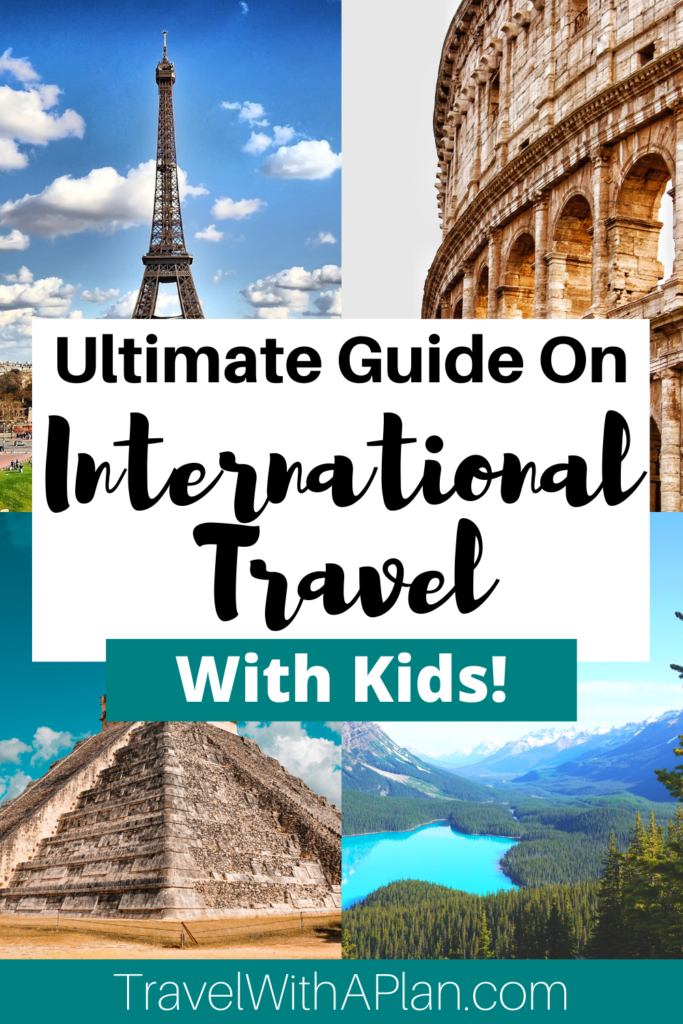
3. Research required immunizations
If you plan to travel internationally it’s possible that you and your kids will need additional vaccinations.
Different countries have different
To find out which vaccines your family needs, ask your doctor. You may also v
Most immunizations should be given at least 1 month prior to international travel.
Because of this, try to schedule a doctor’s visit 6-8 weeks before your trip. This will allow plenty of time for the vaccines to take effect and to be given over a period of days or weeks, if necessary.
Additional planning tip: Consider getting both required and recommended vaccinations. May travelers find that by doing so, they are more likely to travel with ‘peace of mind’ knowing that they’re completely covered.
I also recommend that you take a copy of your kids’ immunization records with you when you travel.

International Travel With Kids: Learn Cultural Differences
Traveling abroad provides so many unique developmental and educational benefits for kids! For this reason, c
As a parent, do research on the country that you will be visiting.
Sit down together as a family to discuss the awesome opportunity that you have to learn about this particular country and its culture. Likewise, discuss the country’s language, economy, local cuisine, and overall way of life.
Many children have a fear of the unknown and will be much more
In other words, explain to your kids
Giving them a firsthand perspective of a new country or region will help change their perspective that differences are actually a common thread among all people.
Additional planning tip: Teach kids how to say “hello,” “goodbye” and “thank you” in the local language before arriving. They will love trying out
Purchasing a foreign language translator is also a fun way to enhance communication while traveling internationally with kids.

International Travel With Kids: Documentat ion
Proper documentation is necessary for international travel with kids and is an essential component for safe international travel.
When it comes to international travel documentation, be sure to account for the following:
1. Infant documentation
All children, including infants, must have their own passport or Trusted Traveler Program document for U.S. entry. If your destination requires a V
Consult these baby passport tips and make an appointment at your nearest passport center for a time when your baby will be calm and alert.
Your infant will
2. Obtain and check passports
Likewise, every traveler ages 2 and up needs to obtain and/or have a current passport prior to international travel.
There is an increasingly strong demand for passports in recent years, so apply for your family’s passports well ahead of your scheduled international travel date to avoid having to pay for expedited processing
If you already have a passport, be sure to review the current entry/exit requirements for your upcoming destination. Many countries require that U.S. passports have an expiration date that is still valid 6 months beyond your travel date.
Also, check to see if your current passport(s) is still valid. N
To review current passport requirements and application processes, visit the U.S. Department of State Bureau of Consular Affairs website.
Additional planning tip: Make and bring a color copy of your passport ID page and keep it in a separate location from the originals in your carry-on luggage. These will be used to help generate a police report should your originals become lost or stolen.
3. Permission to Travel, Travel Consent & Medical Authorization Forms
Another tip for international travel with kids regards children traveling alone.
Because of increasing instances of child abduction in custody cases and a growing number of children who are the victims of trafficking, additional documentation is required for infants and children traveling internationally without both parents/guardians.
A Child Travel Consent Form is a legal document that allows a minor child to travel without both parents or legal guardians present. It should be used when a child is traveling as an unaccompanied minor, or with another adult who is not the legal guardian, such as a grandparent, teacher, coach, or friend of the family.
Adults traveling outside the U.S. with children under 18, other than their own, must have a Permission to Travel Letter from both of the minors’ parents or guardians. This written and notarized Permission to Travel Letter is required to enter many countries, and sometimes even on a cruise ship’s shore excursions.
If a minor child is traveling internationally without a parent or legal guardian, a Child Medical Consent Form grants authority for another adult to make medical decisions on their behalf.
Additional planning tip: There are a number of websites that offer free templates for travel forms. Likewise, find samples on the U.S. Passport Service Guide.

International Travel With Kids: The Journey to Get There
1. Prioritize sleep and food
Prioritize sleep and food for your children before and during your international travel with kids, for they are the foundation of their happiness and good health.
It is important to set your child up for success by making sure that they are well-rested before departure, and that you continue to make their sleep a priority during your travels.
Pick and choose your late nights wisely as kids can become overtired and confused when traveling through time zones.
Likewise, assure that your child has access to foods that keep them satiated, even if this means bringing foods from home. When keeping a child well-fed and well-rested, everything else will fall into place.
Additional planning tip: Plan for a high energy day or activity prior to your international flight so that the kids are more likely to be tired and sleep on the plane.
Click the image to get your FREE family vacation packing list and BONUS that is both customizable and printable!

2. Prepare for customs
You’ve arrived at your destination with the other hundred(s) of people on your plane! At first glance, the line to get through customs is huge!
Start by taking your child to the bathroom and by getting everyone a snack. Give them the extra reassurance to know that going through customs is part of
Additional planning tip: Make sure that you have a pen to fill out customs paperwork on the airplane. Fill out the top and bottom of the immigration forms.
If traveling with 2 parents or adults, have one person manage the children while the other attends to the customs paperwork. Customs paperwork is detail-oriented and requires focus in writing down passport numbers etc.
3. Gear-up for long haul flights
There are some additional things to keep in mind when gearing up for a long haul international flight.
First, the importance of having an Ipad or tablet for each child is an absolute lifesaver (can I say “necessity”?). Let long-haul flights be the exception to any and all screen time rules. Screen time is perhaps the best way to keep your children content for the longest periods of time.
Load up your child’s I pad or tablet with games, songs, TV shows, and movies to help keep them entertained for as long as possible.
Likewise, be sure to pack each child a pair of kid-size headphones so other passengers aren’t disturbed. Charging cords are also needed and can be used at their seat’s charging station.
Secondly, overpack (versus under-plan) on the amount of food and snacks that you should bring. Airplane food doesn’t have the best reputation when it comes to tastiness and kids will typically be more satisfied with food from home.
Plan to pack 24-hours worth of food and snacks in order to account for potential travel delays.
Similar to road trip snacks and foods, consider purchasing a variety of healthy vs. sweet treats and add a few fun surprises in for good measure.
Additional planning tip: If you are traveling with small children you will not regret buying this inflatable footrest. The height lines up with airline seats so that children can lay down flat on flights.
Don’t forget an airplane travel pillow and blanket too.



4. Have a plan for jet lag
Jet lag has the potential to majorly upset a family vacation.
When you’re traveling with young children who are already challenged by transitions, an international journey through time zones can seriously impair your trip.
With thoughtful planning, you can minimize the effects of jet lag. This will preserve the pleasure that you are expecting to get out of your family vacation.
My friends from Family Vacation Critics have the best 12 Tips for managing jet lag with kids. You will appreciate knowing these tips just in case!
International Travel With Kids: The Overall Experience
Hooray! You’ve arrived! Focus on finding ways to make your international trip more about the experience than the sightseeing.
Move slowly around your surroundings and immerse yourself in culturally unique activities and excursions.
In addition, be on the look-out for experiences that will help your family learn and grow during your trip.
As always, make the most of the opportunity to have
Additional planning tip: Not sure exactly what place to visit in your quest for international travel? Check out this list of the 21 Best International Family Vacations that I’m sure you will love!
What are you the most nervous about regarding international travel with kids? I’d love to help you out!
Jen
*Before leaving, be sure to check our Travel Resources Page to find our exclusive travel discounts and to book hotels, rental cars, and guided tours.*
If you like our article on Tips for International Travel with Kids, check out our Related Posts:
- 18 Amazing “Are We There Yet?” Road Trip Activity Bags
- Best Road Trip Activities for Toddlers
- Top 16 Tips for Flying With Kids & Ways to Keep them Calm
- 8 (Unexpected) Benefits of Traveling With Kids

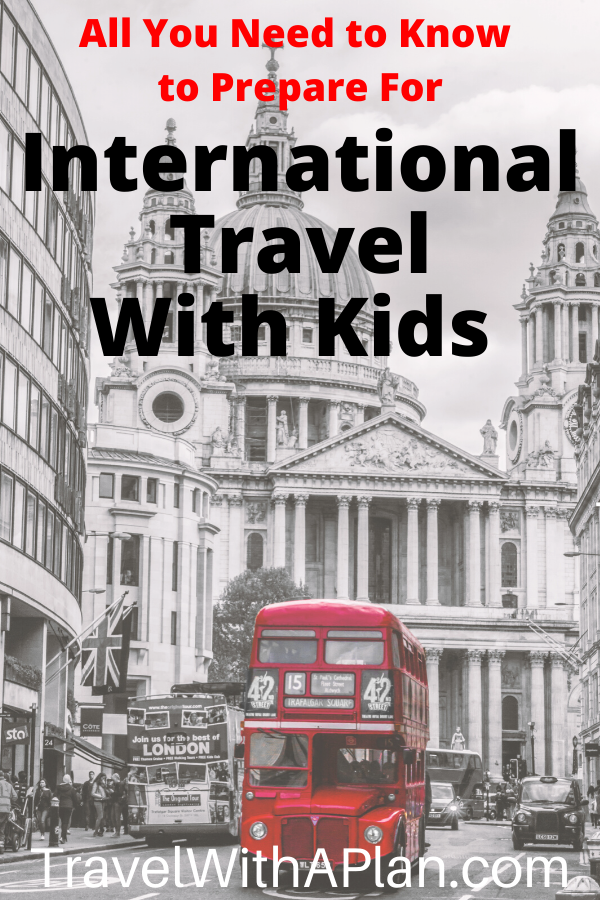
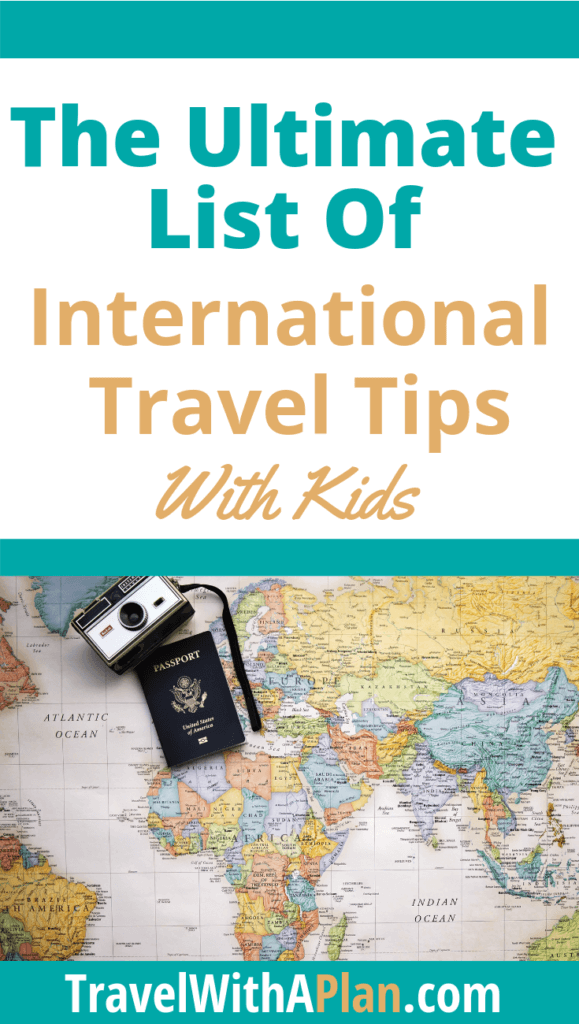
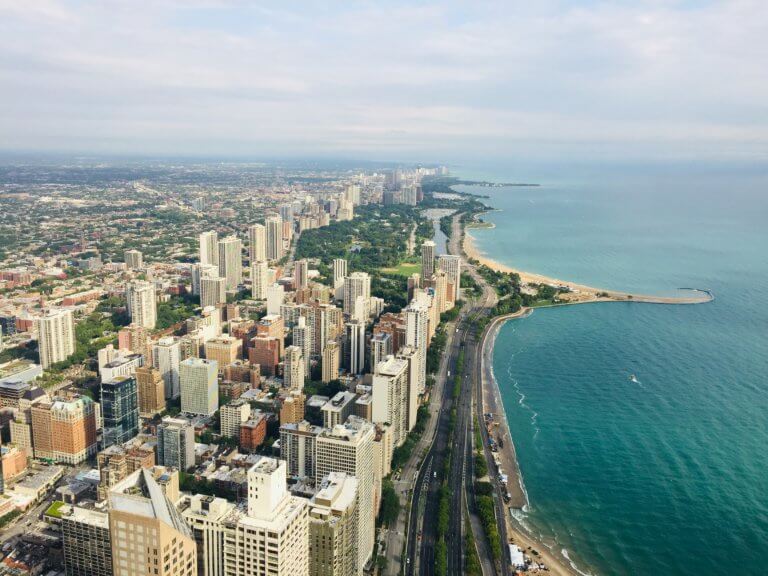











The tip about passports needing to be valid for 6 months after the entry date of many countries is SO KEY. I’ve been burned by this one before!
Right? We are always paranoid about this and super diligent about checking 🙂
my kids are going to Europe for the first time this fall. These are great tips – I . am going to order them kids meals on the flights but def will bring . lots of snacks!
Wow! Awesome! Have a great time! And yes…snacks are the BEST, especially suckers because they last the longest!
AND – research what the seating policy of airlines are and whether or not they automatically seat minors with their parents/guardians or do you have to pay for that.
So true! Thanks for the extra tip!
This is extremely informative and well organized. A great resource for anyone about to travel internationally with kids! Pinning for future reference!
Thanks Lauren! I know that I sure needed tips like this when I first started traveling with the kids 🙂